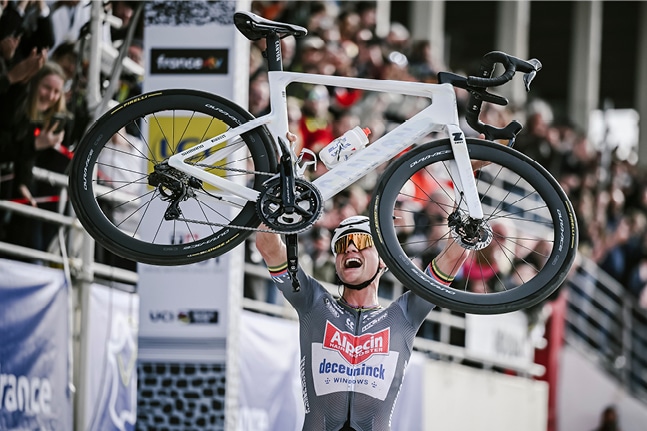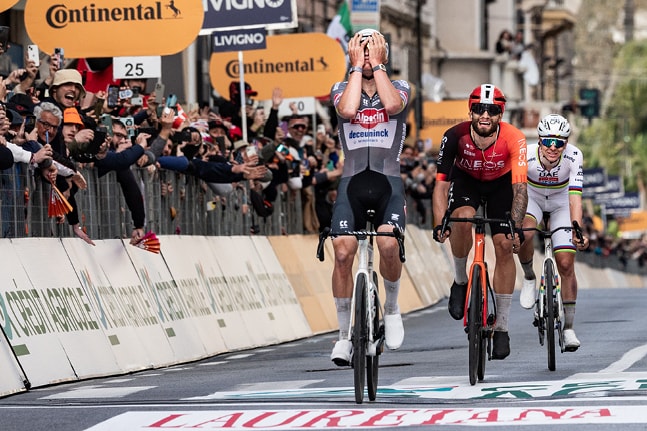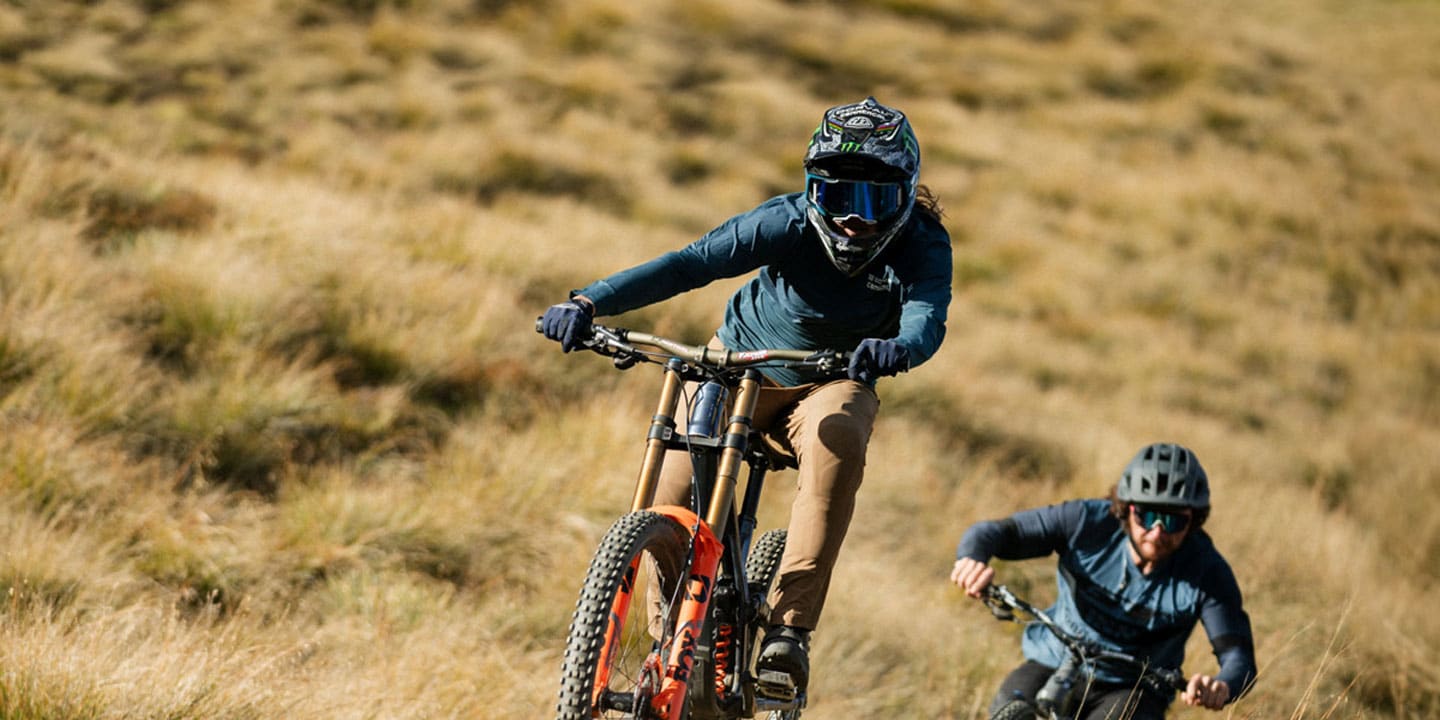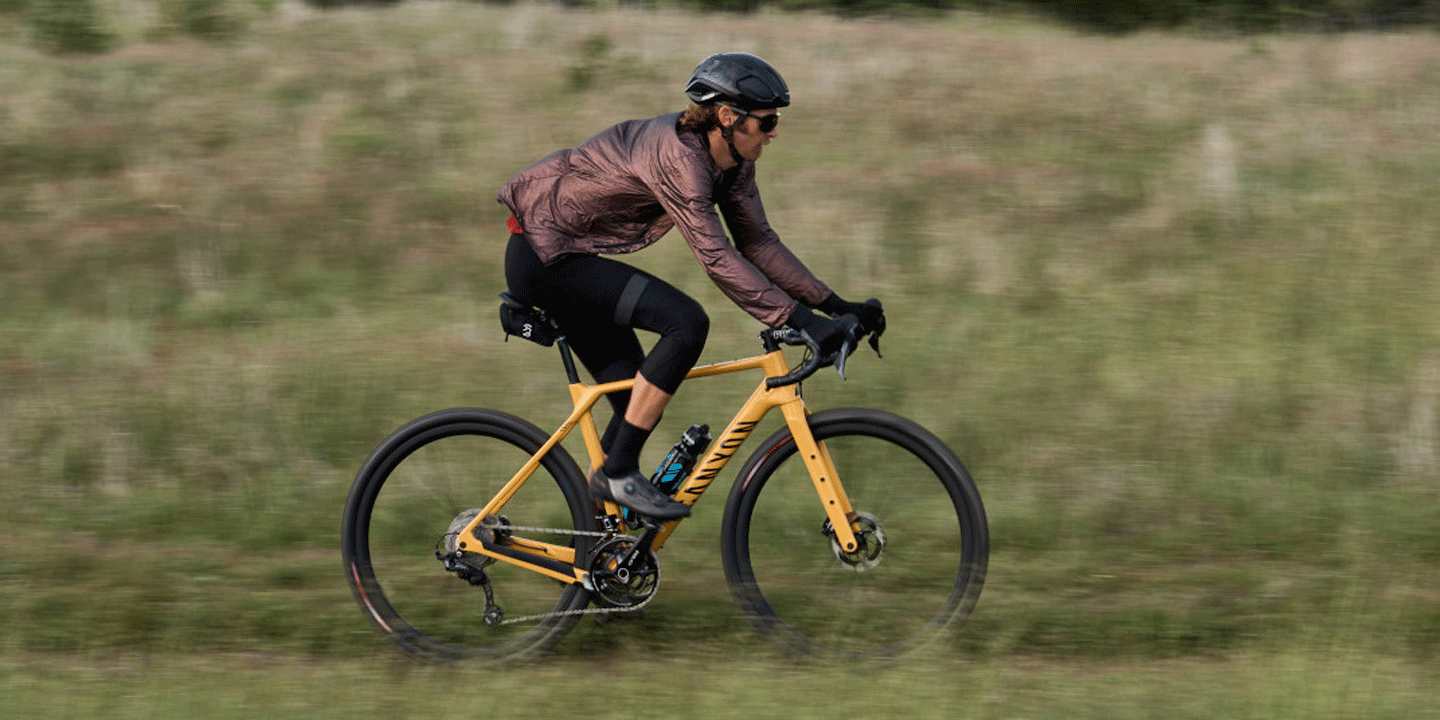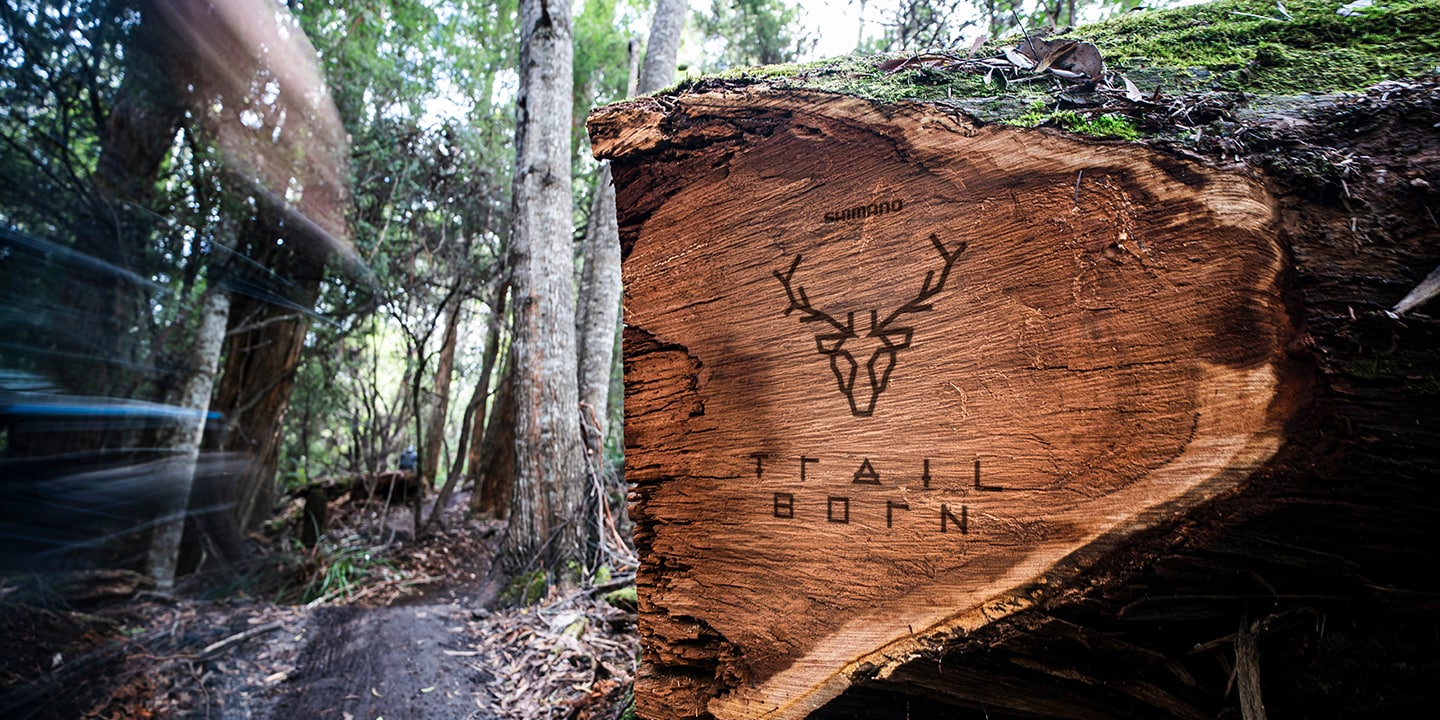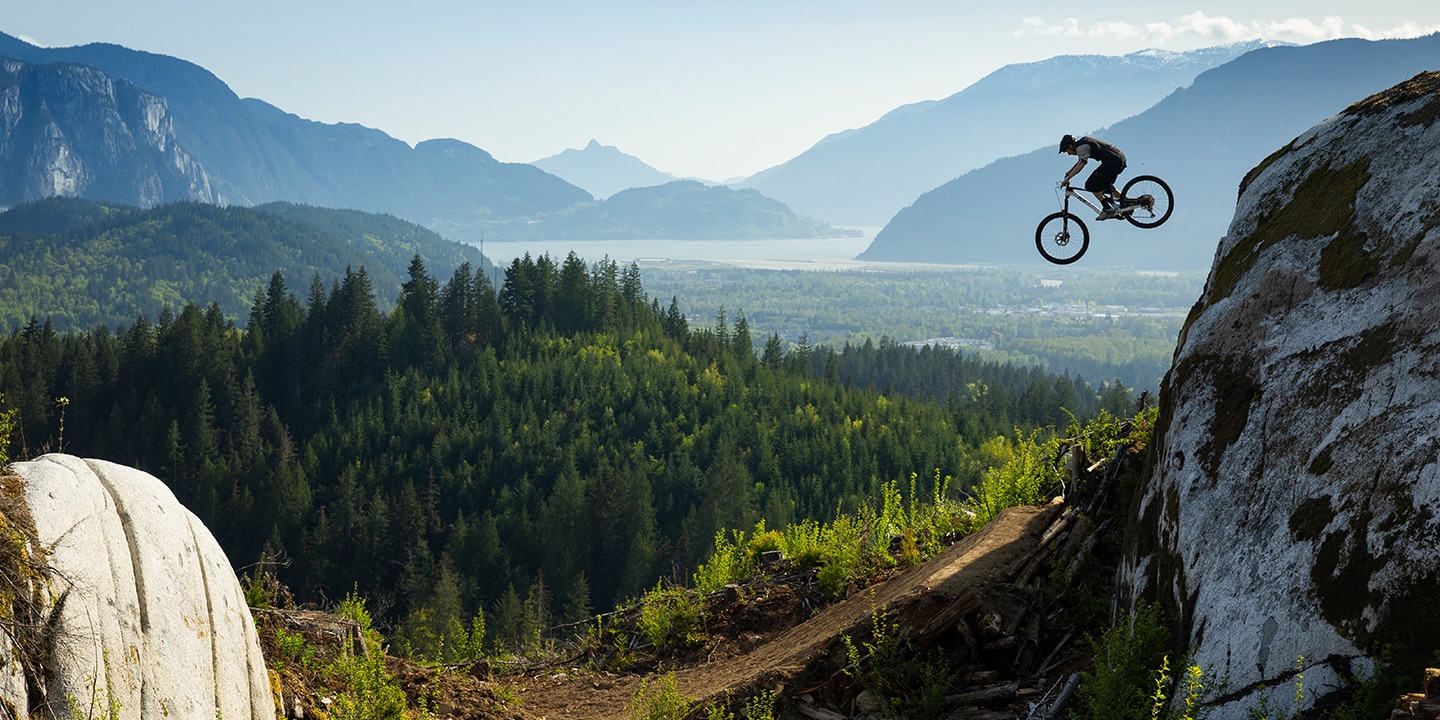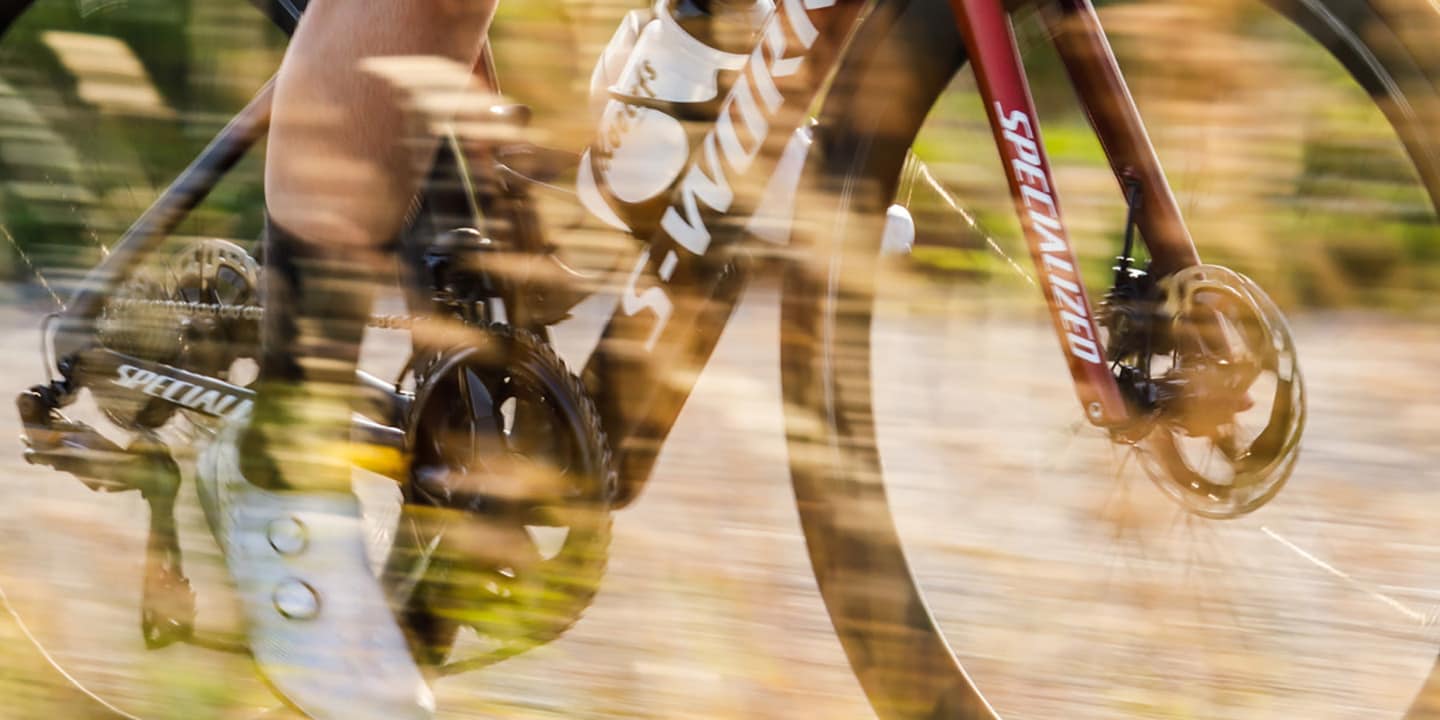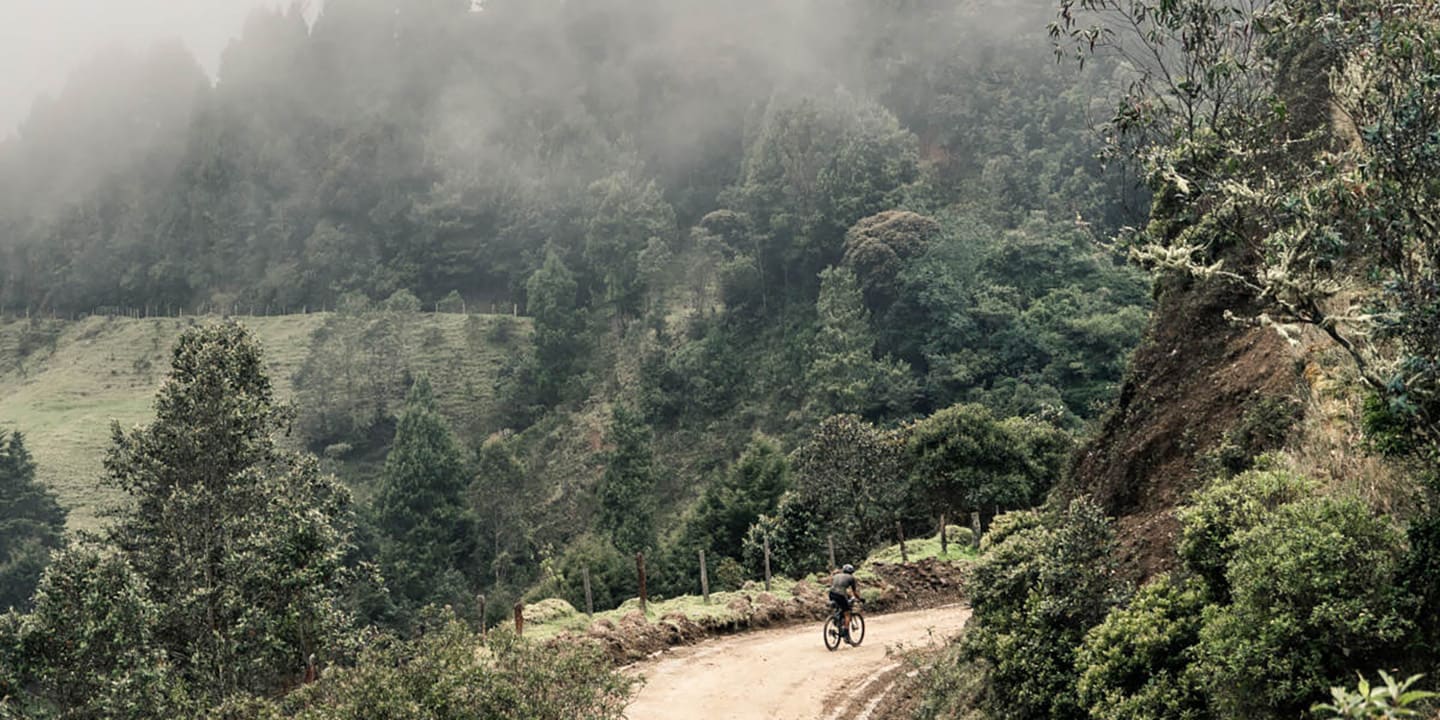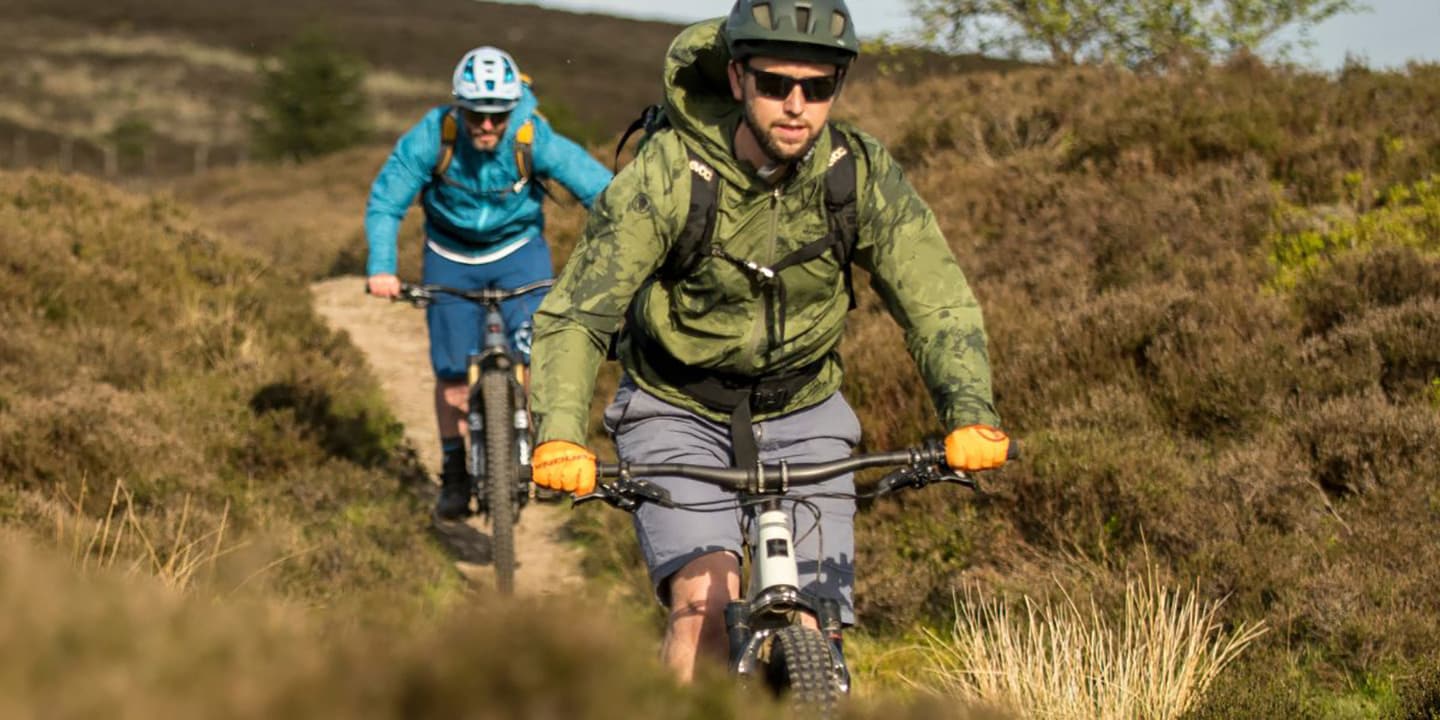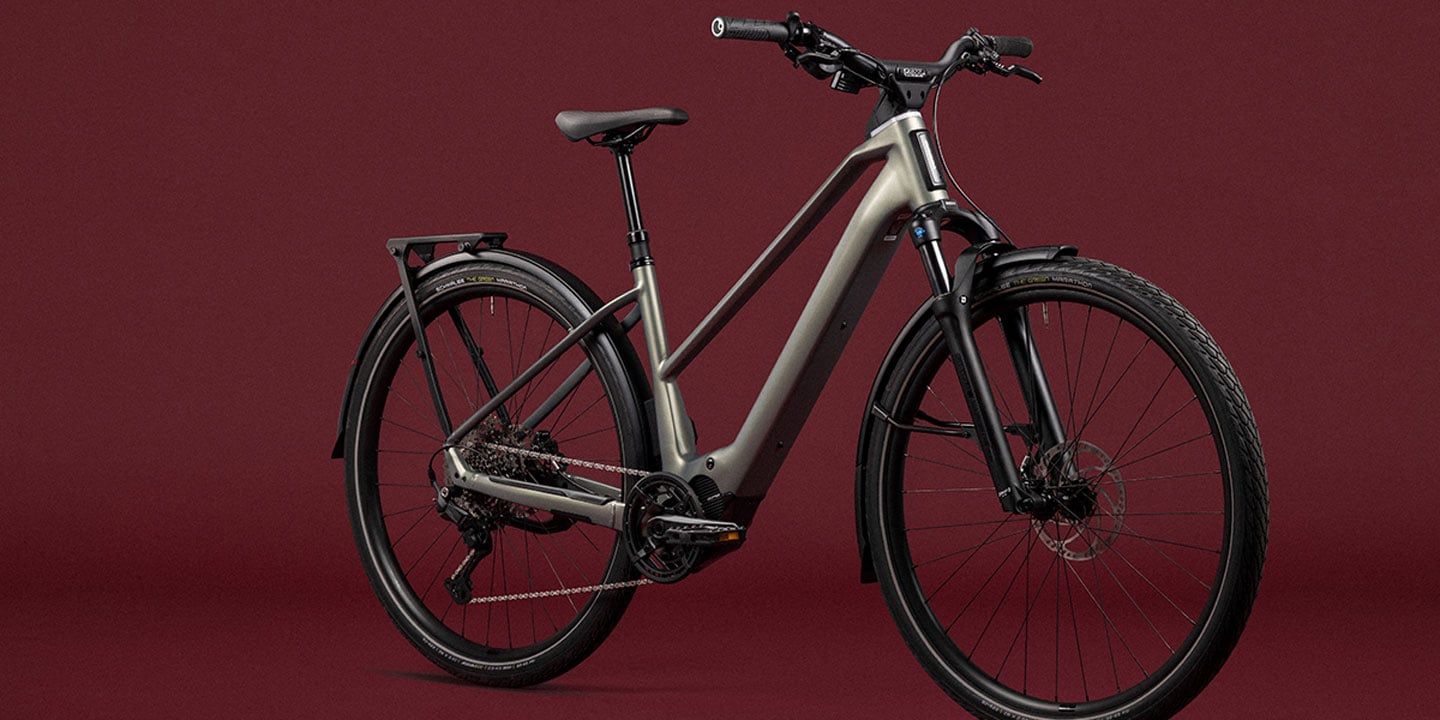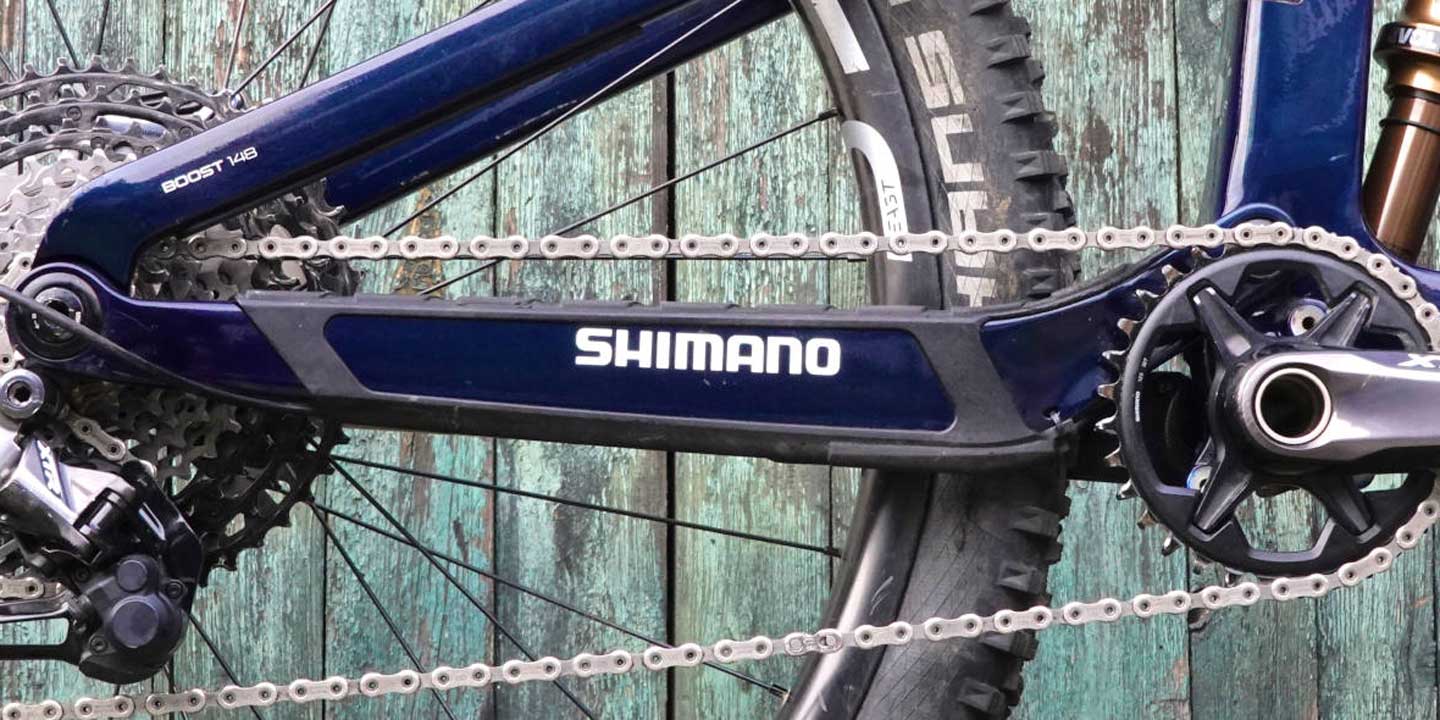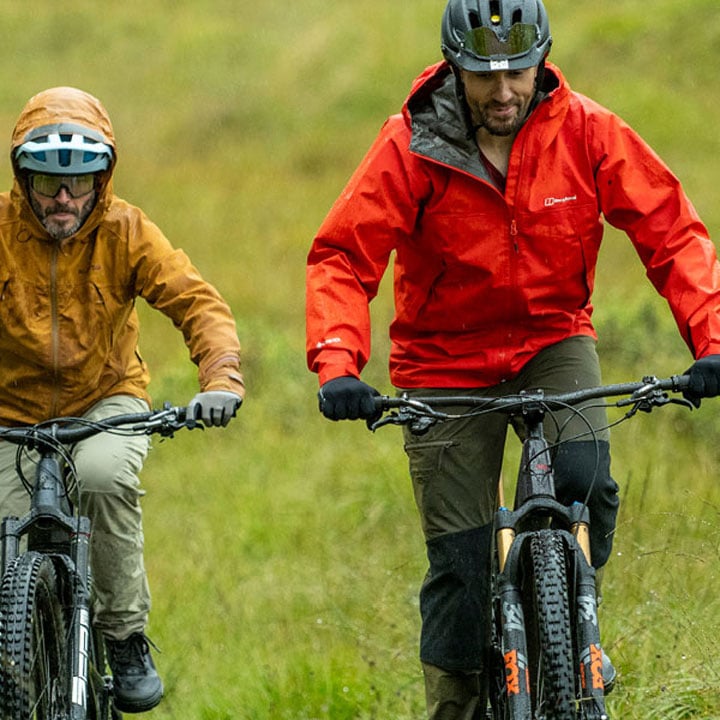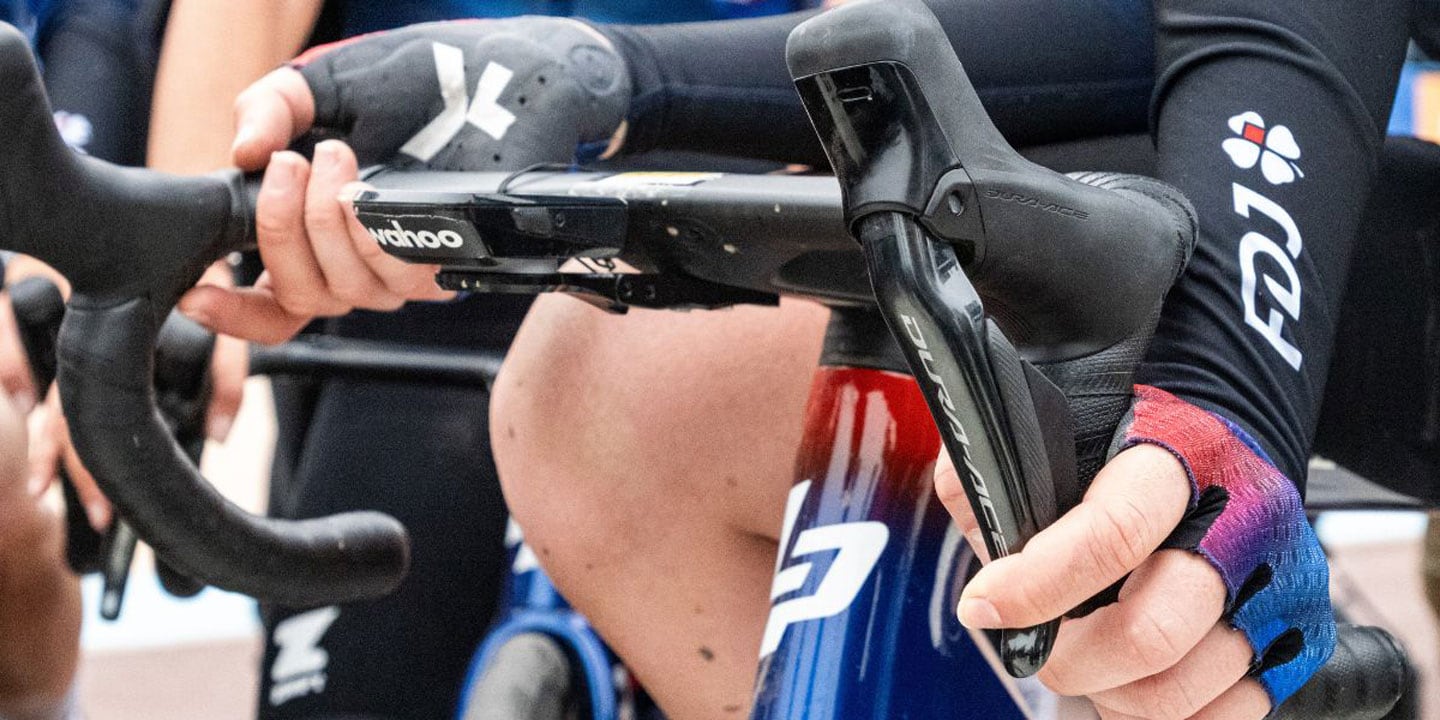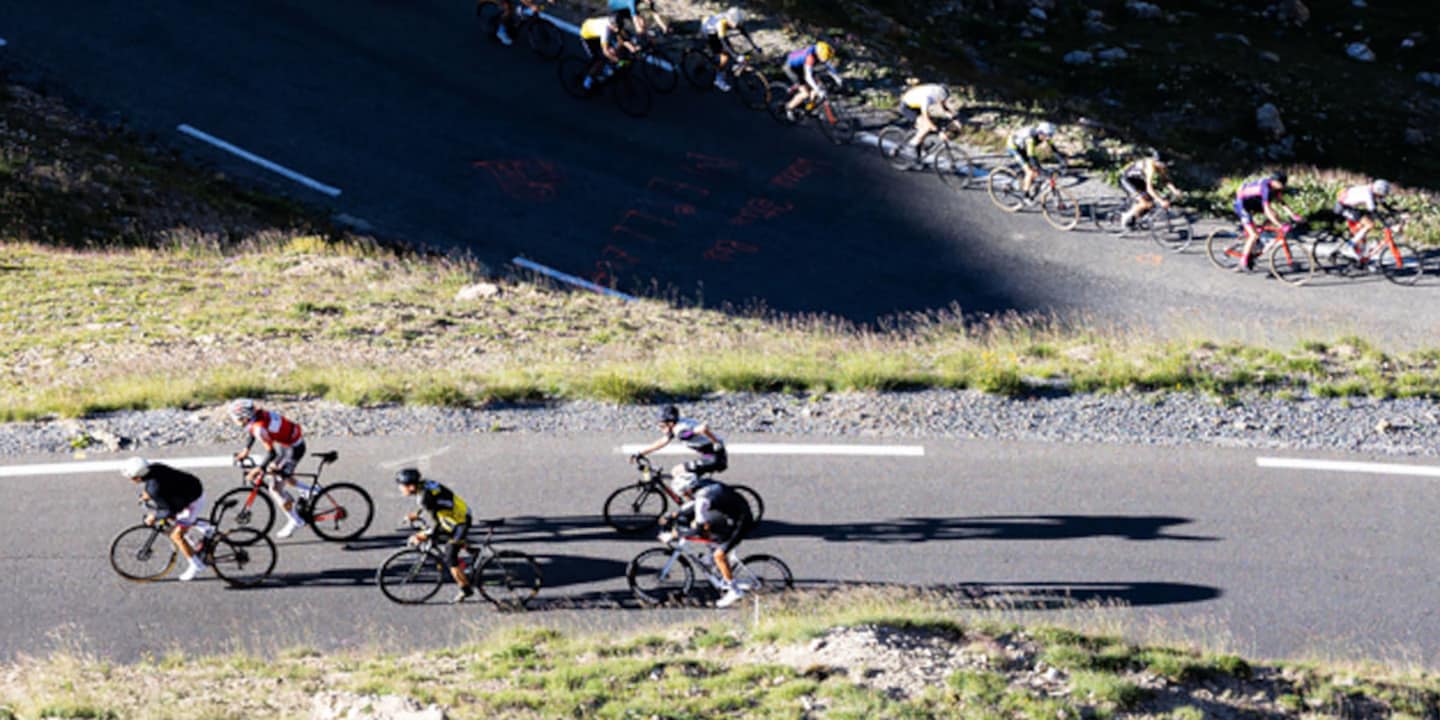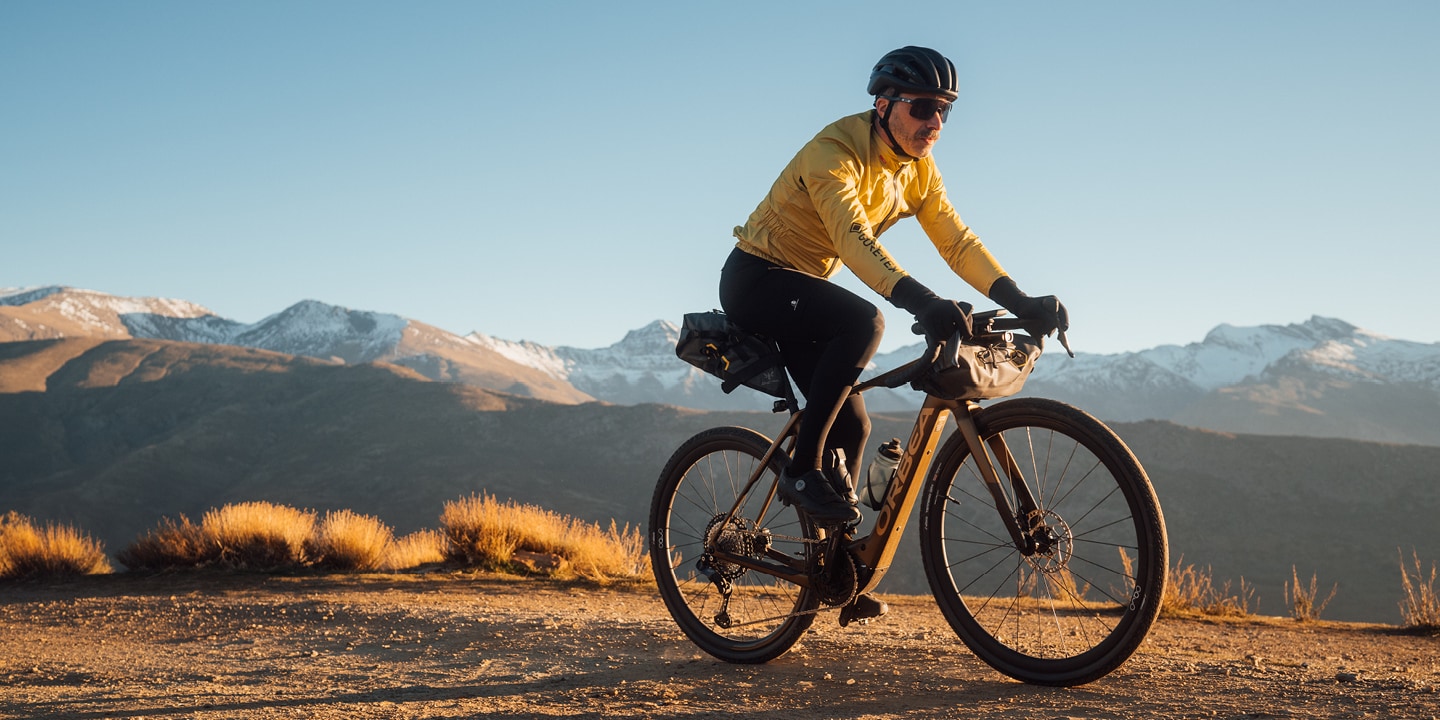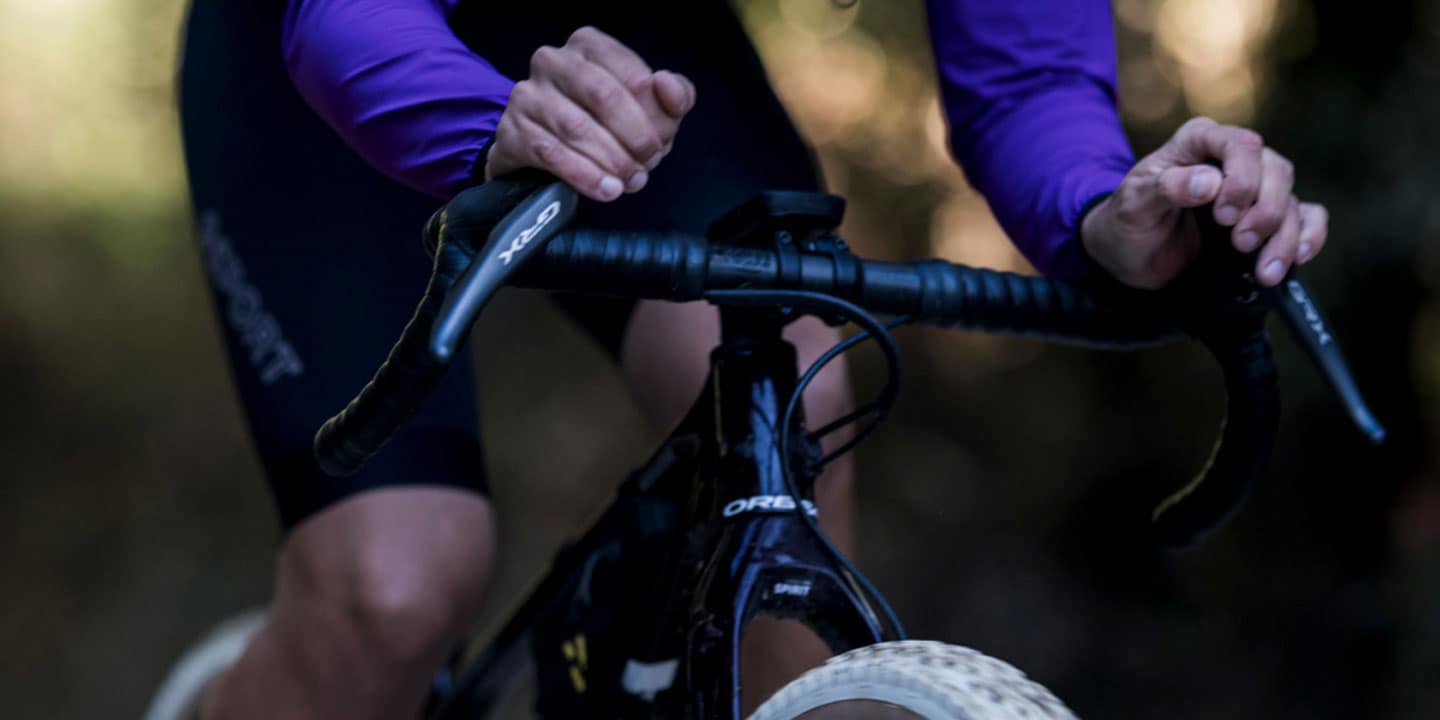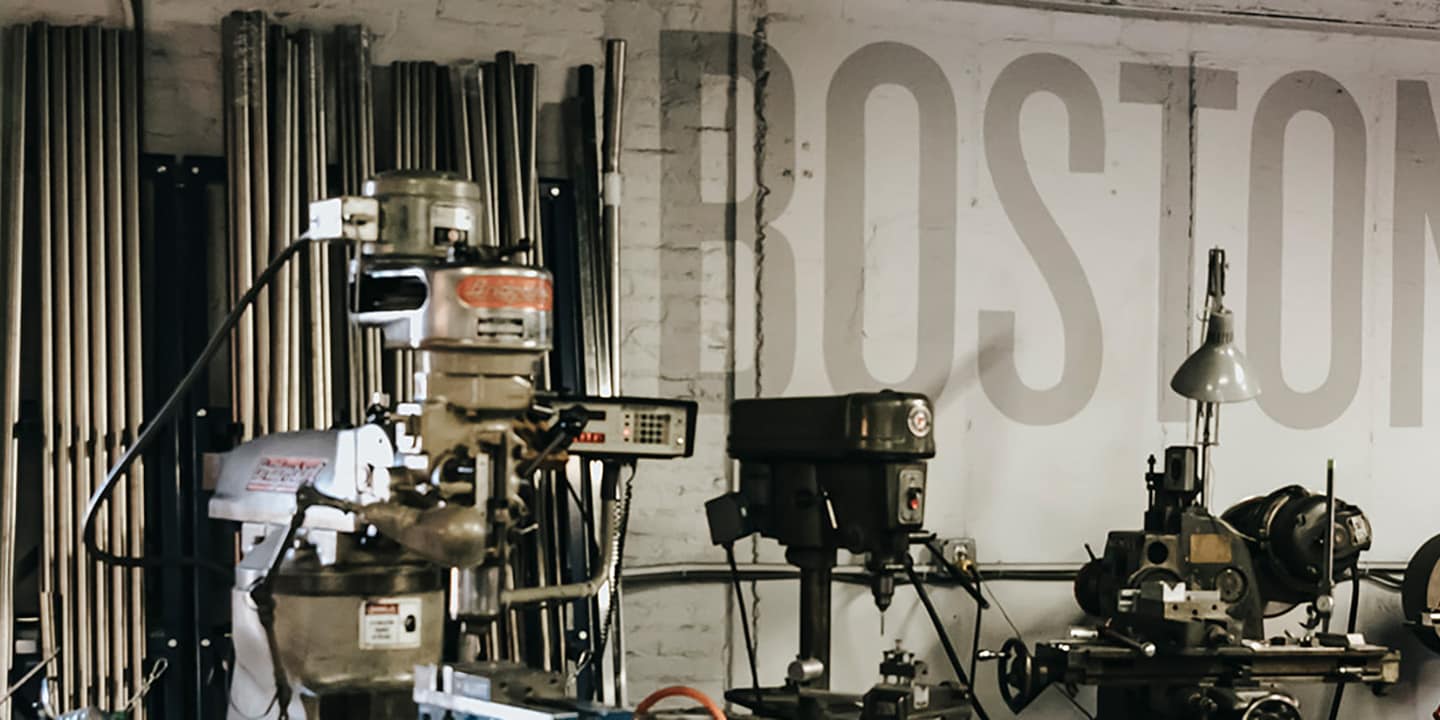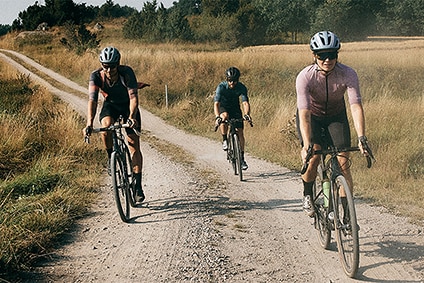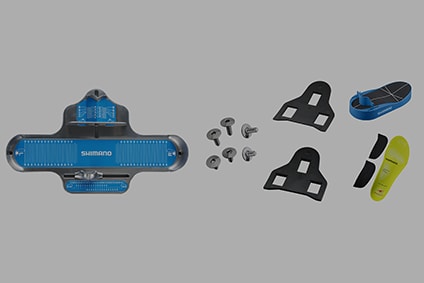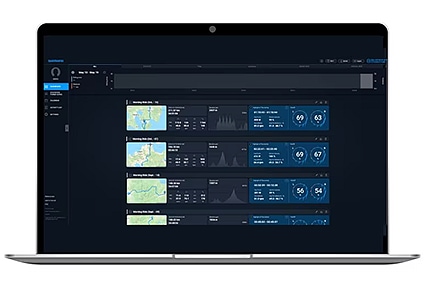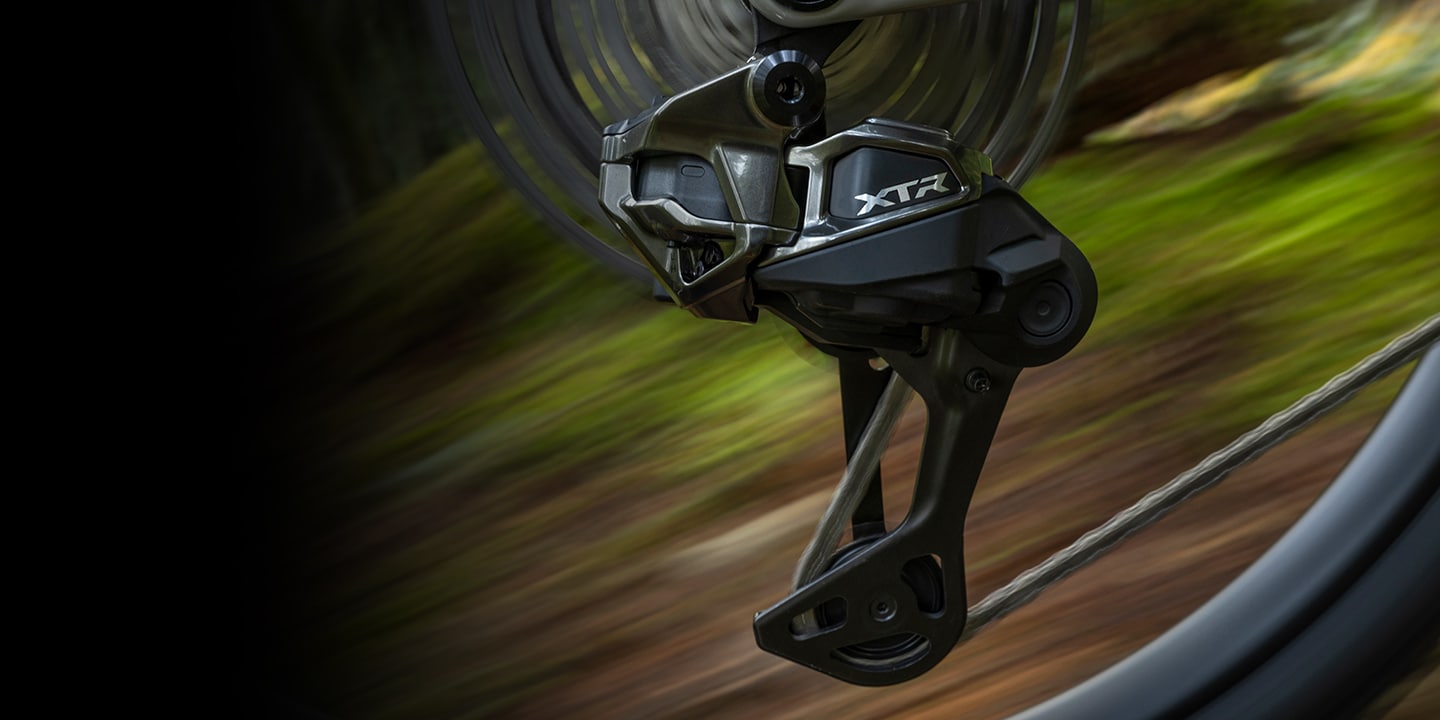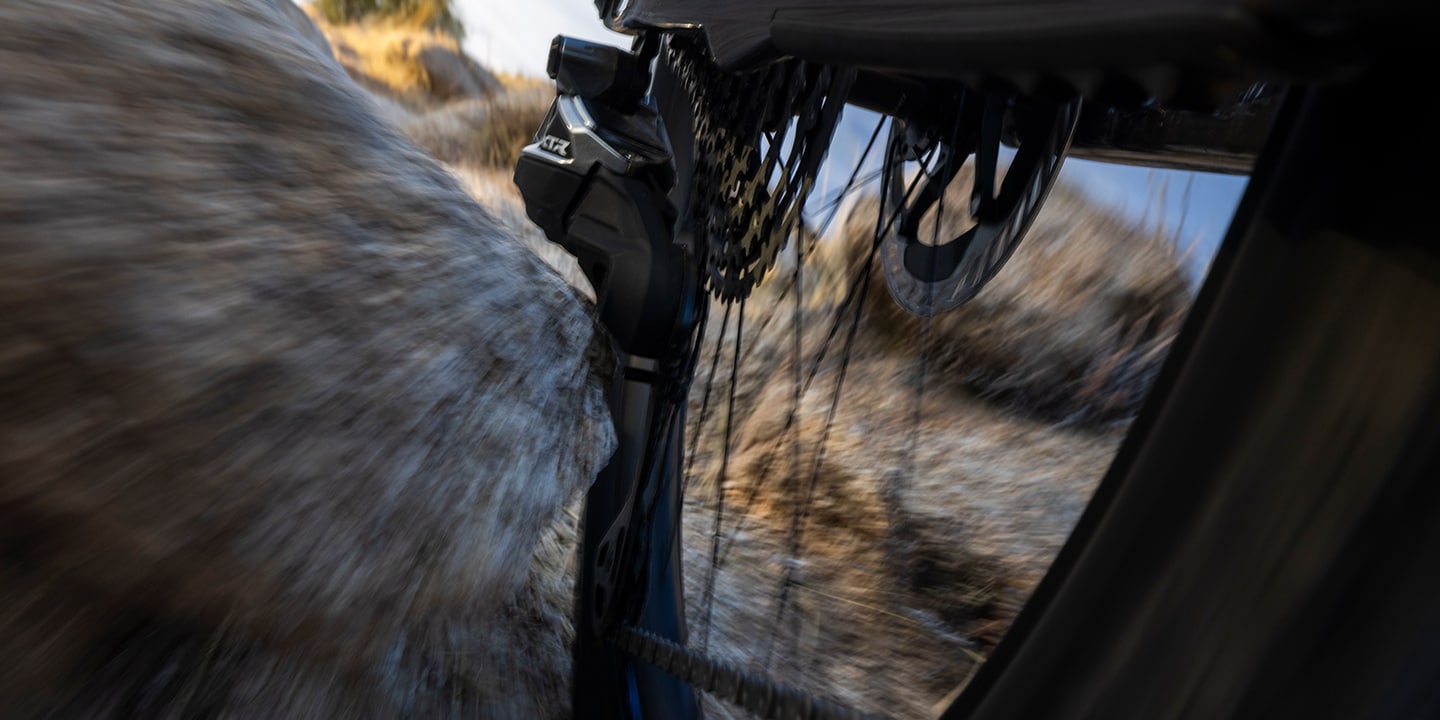-

- A SHIMANO Expande a família GRX com os Componentes RX717
- Apresentamos Opções mais Acessíveis do GRX Di2 1x12 Velocidades
- 16/12/2025
SELECT LOCATION AND LANGUAGE
GLOBAL
AMERICAS
-
BELGIUM
FRANÇAIS
-
BELGIUM
NEDERLANDS
-
NETHERLANDS
NEDERLANDS
-
SWITZERLAND
DEUTSCH
-
SWITZERLAND
FRANÇAIS
-
SWITZERLAND
ITALIANO
-
AUSTRIA
DEUTSCH
-
FRANCE
FRANÇAIS
-
GERMANY
DEUTSCH
-
ITALY
ITALIANO
-
SPAIN
ESPAÑOL
-
PORTUGAL
PORTUGUÊS
-
POLAND
POLSKI
-
UNITED KINGDOM
ENGLISH
-
SWEDEN
SVENSKA
-
DENMARK
DANSK
-
NORWAY
NORSK
-
FINLAND
SUOMI
EUROPE
ASIA
OCEANIA
Dicas para configurar o seu guiador para maior conforto e controlo
Frequentemente tido como garantido, o guiador é um dos componentes mais importantes na sua bicicleta de estrada. Juntamente com os pedais e o selim, é um dos três pontos de contacto que definem a forma como interage com a sua bicicleta e a estrada à sua frente. É também o proverbial volante da sua bicicleta, controlando a forma como a mesma se comporta, desempenhando também um papel crucial em termos de adaptação e aerodinâmica.
No mínimo, o seu guiador devia oferecer três posições confortáveis de mãos — nos topos, no repousa mãos ou nos drops. Se não é o caso, está na altura de ajustar (ou substituir) ou procurar orientação de um profissional qualificado.
"Há dez anos atrás, configurar o guiador era um processo simples," explica Chris Jacobson, Gestor de Produto da PRO Bike Geare de bikefitting.com. “Obtinha uma extremidade direita e alinhava a ponta da manete de travão com a base da curva do guiador. Mas os formatos de guiador evoluíram e hoje o padrão é ter um guiador de transição suave e plana até ao repousa mãos da manete de travão. A ideia é que o repousa mãos esteja no mesmo plano do guiador, conferindo uma plataforma agradável para a sua mão descansar. O objetivo é que o ângulo do seu pulso seja neutro.”
Posição do repousa mãos do guiador e do manípulo
Conseguir uma posição neutra pode parecer complicado, mas é relativamente fácil de mover os repousa mãos até conseguir o ângulo de pulso adequado. Basta colocar a abraçadeira no interior do repousa mãos, soltar os parafusos de fixação e rodar ou ajustar conforme necessário.
“Isto inclui a rotação dos repousa mãos para o interior, no sentido da linha média da bicicleta ou alterando a sua elevação no próprio guiador, em vez de rodar apenas o guiador” explica Jacobson. "Assim que encontrar uma configuração que lhe seja confortável, saia para dar uma volta e procure pontos vermelhos nas palmas das suas mãos. Isto ajuda a perceber onde se encontram os pontos de pressão. Pode, então, voltar a orientar os repousa mãos para minimizar a pressão. É um processo por tentativa e erro que pode levar algum tempo, mas que compensa o esforço.”
Por outro lado, lembre-se de que procura uma configuração que lhe seja confortável nas três posições de mãos. Se, por exemplo, raramente usa as curvaturas, claramente há alguma coisa de errado. Pode ter o guiador demasiado subido porque os seus repousa mãos estão demasiado rebaixados no mesmo. Neste caso, muitos ciclistas tentam rodar o guiador para cima para encurtar o alcance dos repousa mãos, mas também mudam as curvaturas para mais longe para uma posição na qual não consegue estar. Neste caso, o melhor é reposicionar os repousa mãos no guiador, mesmo que isso signifique remover e voltar a colocar a fita de guiador, para obter a posição correta.
“O melhor é definir primeiro o ângulo de inclinação do guiador”, aconselha Jacobson. "Depois disso, o ideal é passar para as manetes. O que não deve fazer é mudar um para resolver o problema do outro, porque aí está a criar um novo problema.”
Formato e tamanho do guiador
Outra questão importante é o formato do guiador. Enquanto que antes havia um design básico com várias larguras, hoje os ciclistas podem escolher entre várias opções de alcance e curvatura. Estas medidas definem a forma e posicionamento do guiador para a frente antes da curva no sentido descendente e a forma como a parte inferior do guiador se encontra em relação ao ponto central de encaixe.
“Escolher o alcance e curvatura certos é uma questão que depende frequentemente da preferência do ciclista” refere Jacobson. "Normalmente, numa bicicleta de estrada, procura um guiador que possui um alcance maior e maior curvatura, por forma a maximizar a sua vantagem aerodinâmica. Mas lembre-se de que necessita também da flexibilidade adequada para se colocar nessa posição mais agressiva. Nos últimos 10 anos, as tendências apontaram no sentido de guiadores para a frente com uma inclinação mais superficial, com cerca de 140 mm a 120 mm ou mesmo 110 mm de forma a que mais ciclistas consigam pedalar de forma confortável nas descidas ou em posição aerodinâmica."
Na verdade, a menos que seja um ciclista profissional ou um amador de elite, é pouco provável que um guiador clássico com um alcance maior e menor curvatura faça algum sentido. "Claro, é bom em termos aerodinâmicos," diz Jacobson. “Mas a maioria dos ciclistas não seria capaz de manter essa posição baixa durante muito tempo de forma confortável.”
O tamanho adequado do guiador é outra consideração crucial no processo de configuração. A regra geral é que a largura do guiador deve equiparar-se à largura dos ombros, apesar de poder estreitar ou alargar os ombros dependendo da aplicação.
“Um bocadinho mais estreito pode ser bom para estrada, apesar de ser preferível para aventuras de gravel com pó e sujidade, porque melhora a estabilidade e o controlo,” explica Jacobson. “Lembre-se que os seus ombros só têm força para uma certa amplitude de movimento, pelo que usar um guiador muito largo pode resultar na diminuição do controlo.”
Alcance da manete de travão
Depois de definir a largura do guiador e a posição do repousa mãos, deve fazer a ligação do alcance da manete de travão, que determina quão longe tem de esticar os seus dedos até à manete de travão, na altura de abrandar.
“A maior parte das manetes de travão da Shimano permite ajuste do alcance,” revela Jacobson. "Como ponto de partida, sugiro que a coloque de forma a que a consiga alcançar com o primeiro nó do seu dedo indicador. Desta forma, sente-se confiante ao agarrar e operar as suas manetes. Isto também ajuda na redução de fadiga, uma vez que é mais fácil reter a tensão com o pulso fechado do que com a mão aberta.”
Materiais do guiador
Os materiais de construção constituem a consideração final. Os guiadores de carbono são habitualmente mais leves e melhores a amortecer o ruído da estrada, mas são mais caros. Os guiadores de alumínio são muitas vezes ligeiramente mais pesados, mas são mais baratos e criam uma sensação de maior ligação que alguns ciclistas apreciam.
Quer seja novo no ciclismo ou procure refinar a sua posição ao pedalar, comece com a seleção e configuração do seu guiador. Adapte a posição até encontrar a solução perfeita para si e melhore drasticamente a sua experiência ao pedalar.












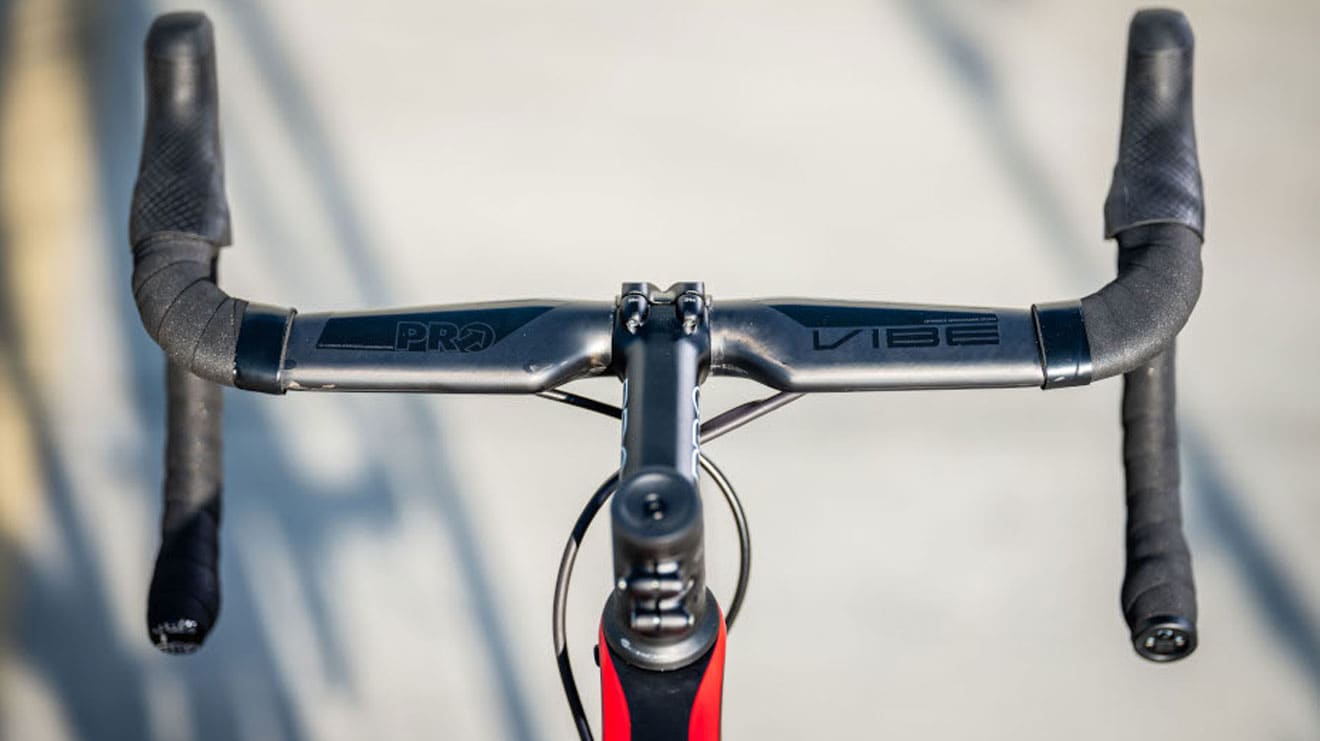



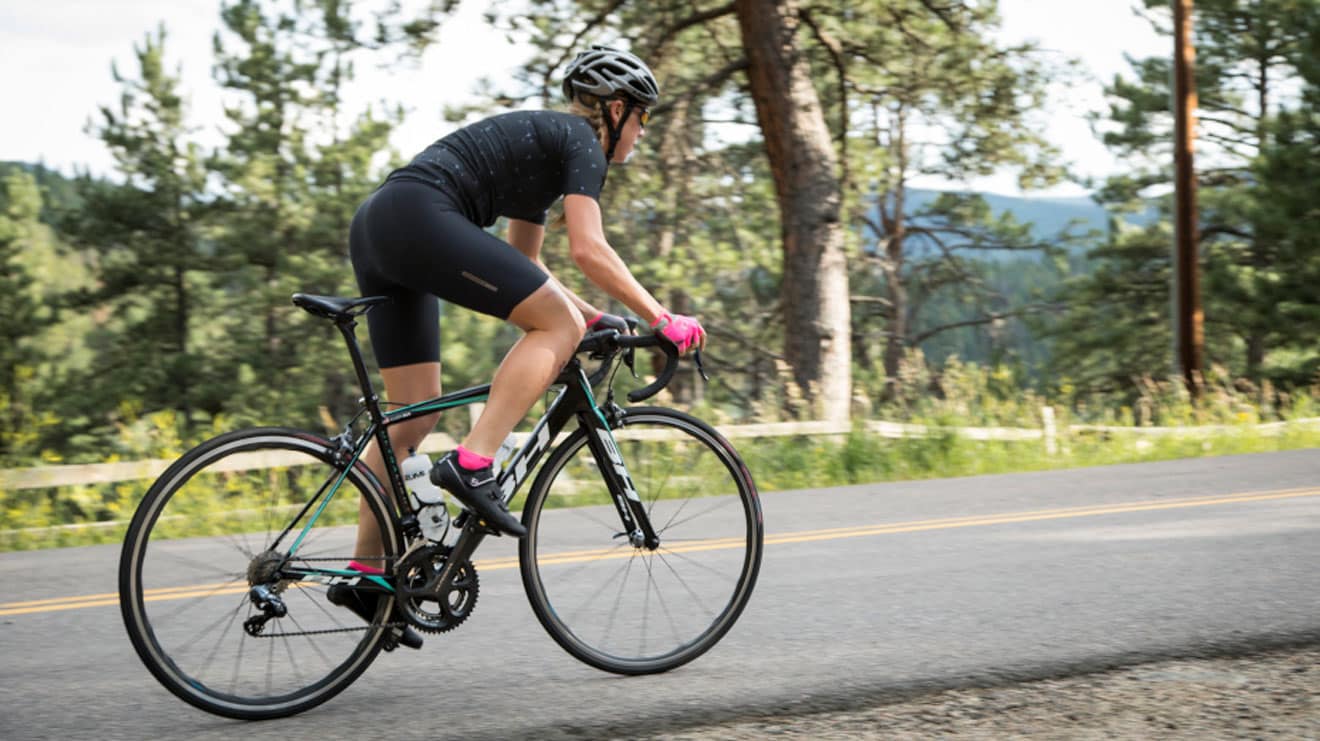
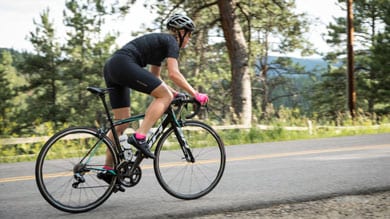

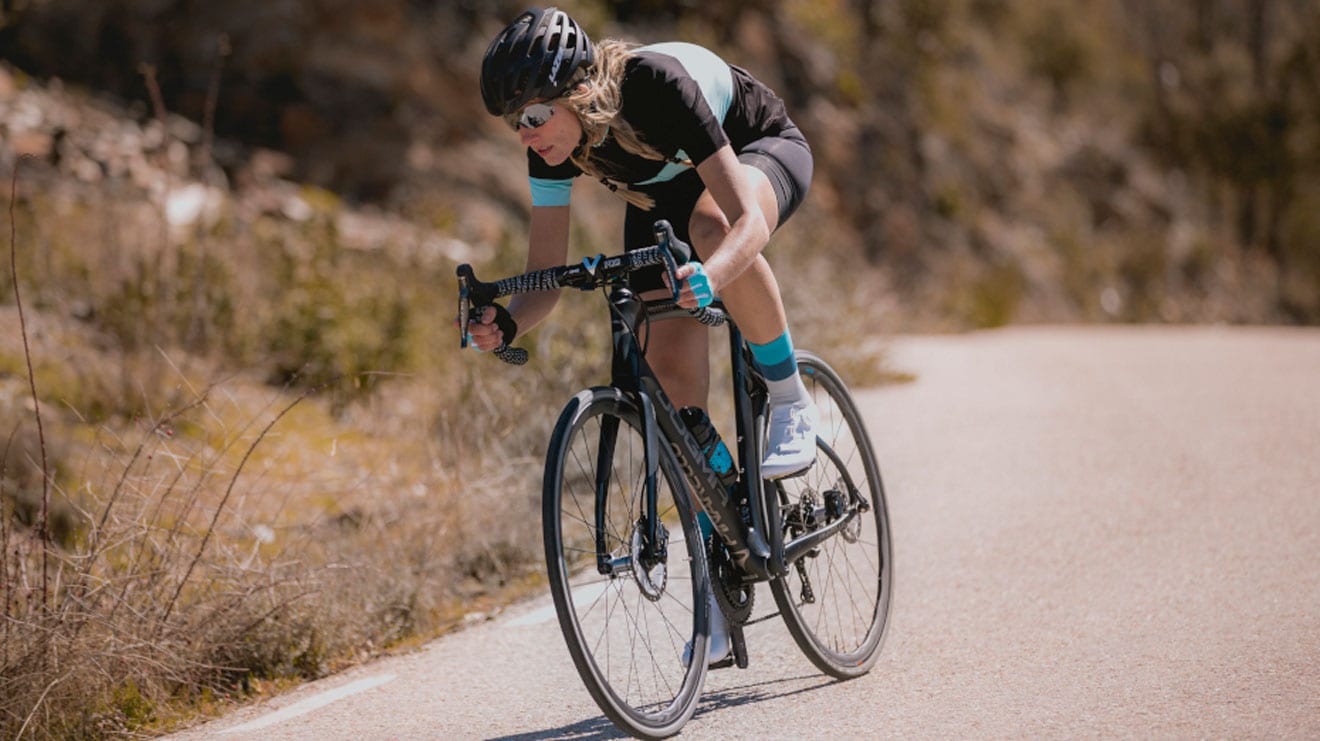


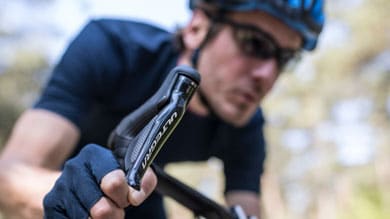





















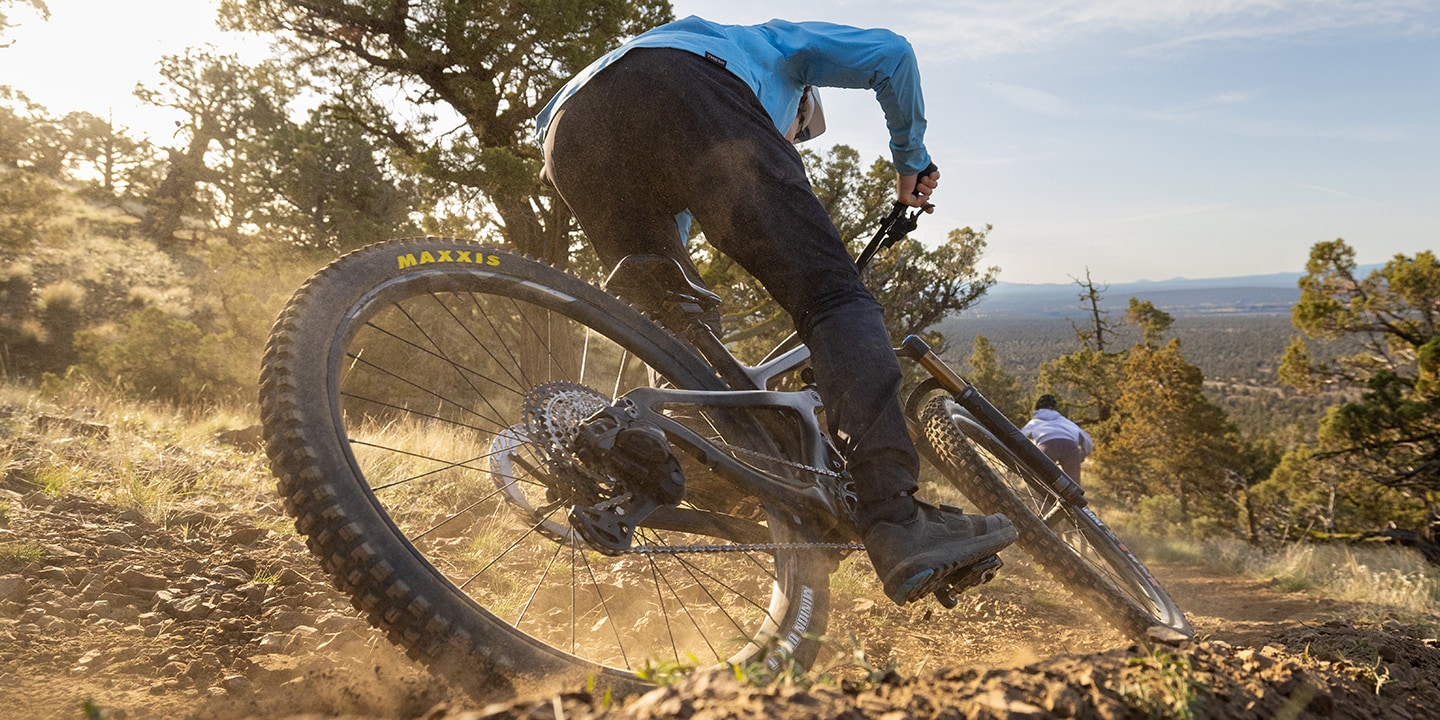


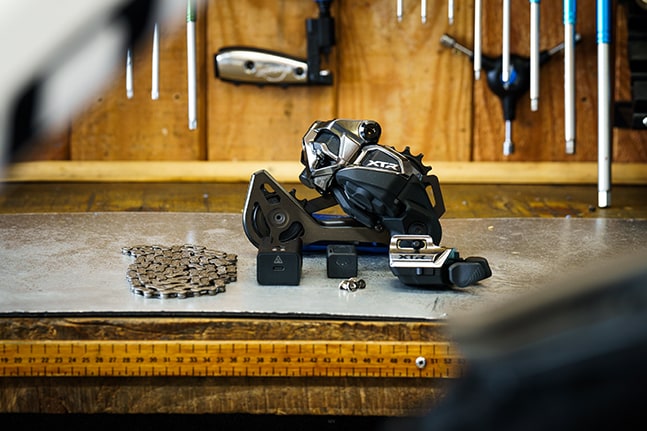








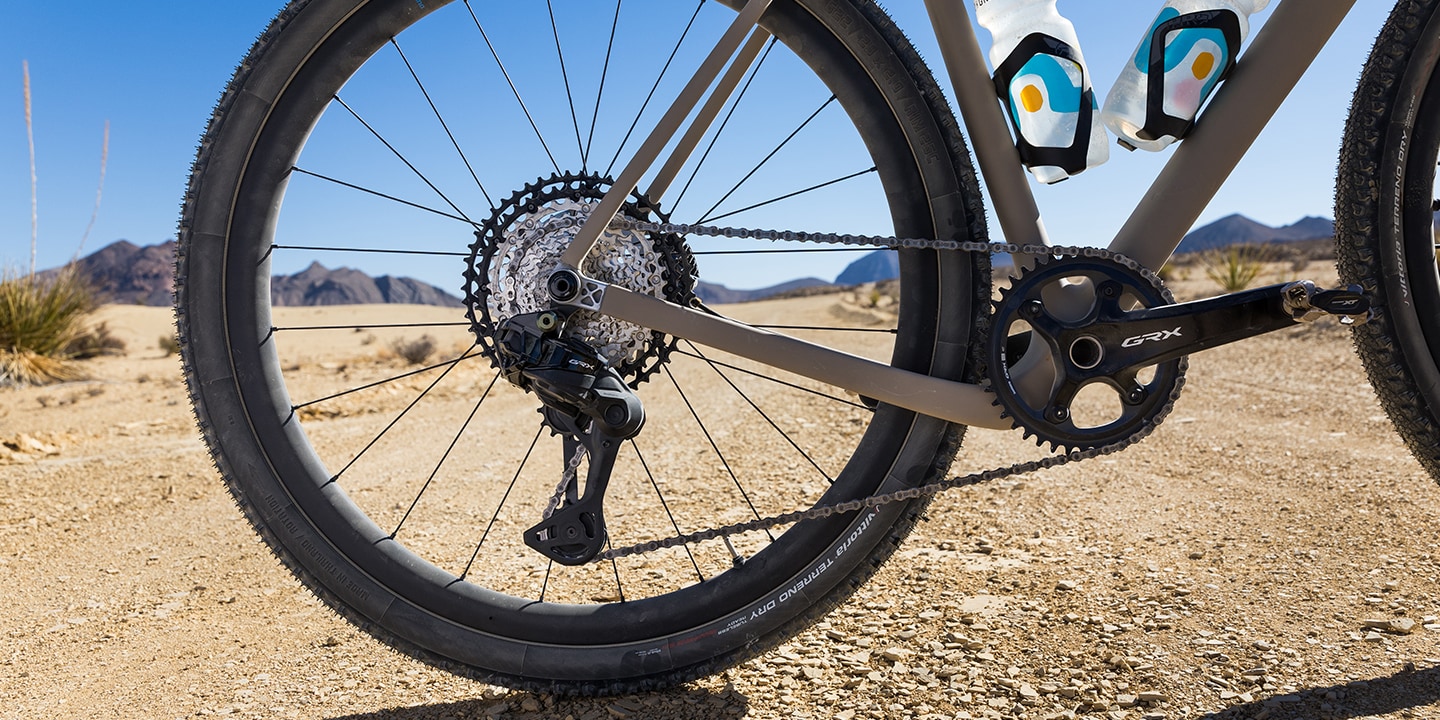
.jpg)



